With the Griffith Park Observatory, the Greek Theater, and the miles of hiking trails, Griffith Park in Los Angeles has a little bit of everything for locals and tourists alike. The most unique attraction in the park, however, is not one of the locations listed above; it is the remains of the Old Los Angeles Zoo. The Old Los Angeles Zoo, which used to be known as the Griffith Park Zoo, was built in 1912 on an old ostrich farm. Over the years, it gradually expanded with the help of the movie industry, and in the 1930’s, the cages that remain today were built by the Works Progress Administration. In 1966, the Griffith Park Zoo was closed, and its animals were moved to larger and more modern enclosures in the current Los Angeles Zoo.
While the animals of the old Griffith Park Zoo are long gone, the layout of the zoo remains, along with some of the old enclosures. Today, the area is one of many picnic areas in the park; and the park has installed picnic tables and benches in some of the larger abandoned enclosures. The area is a popular area for people of all ages to explore, and also has been featured in a number of Television Shows and movies, including Anchorman.
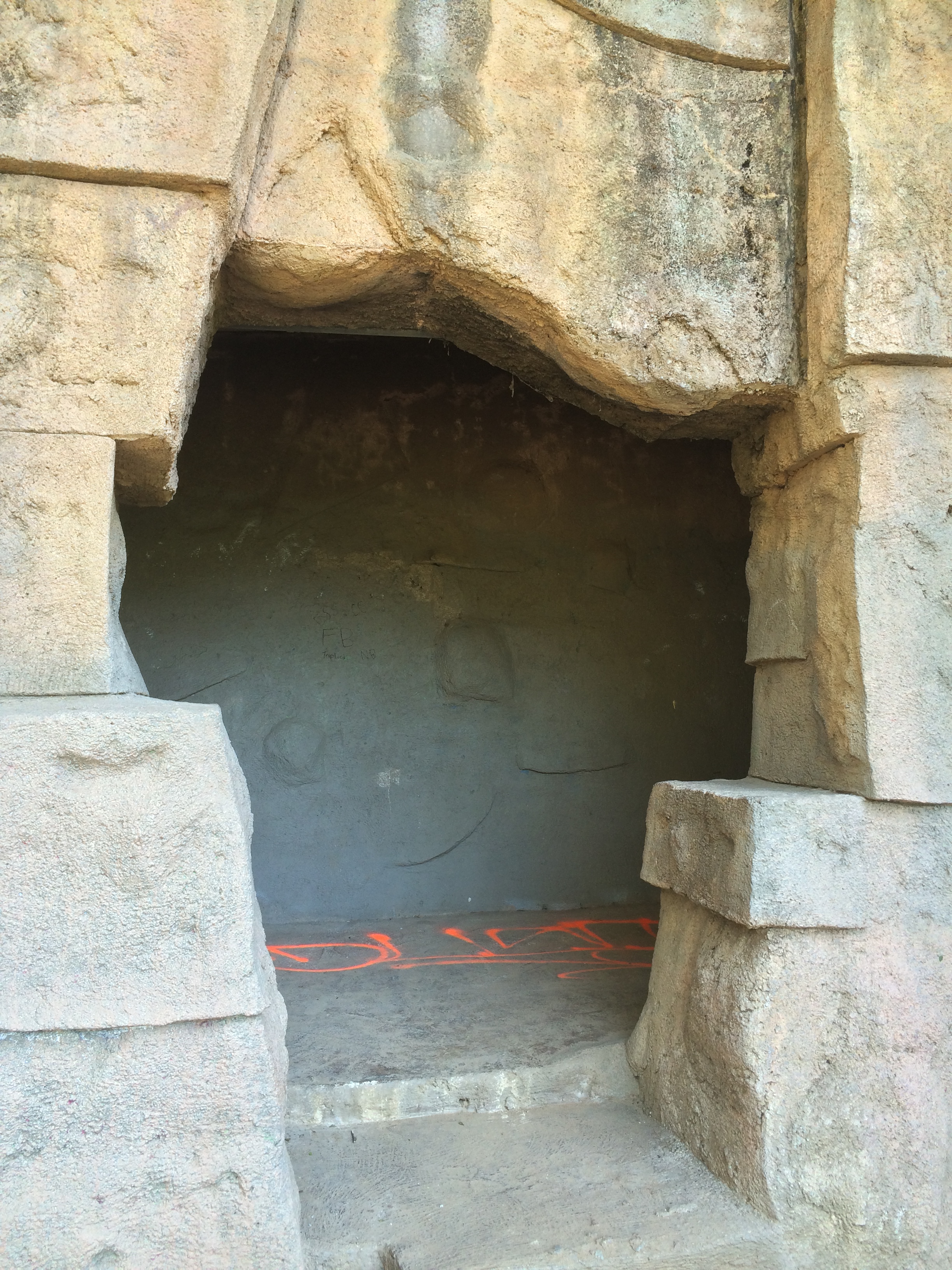
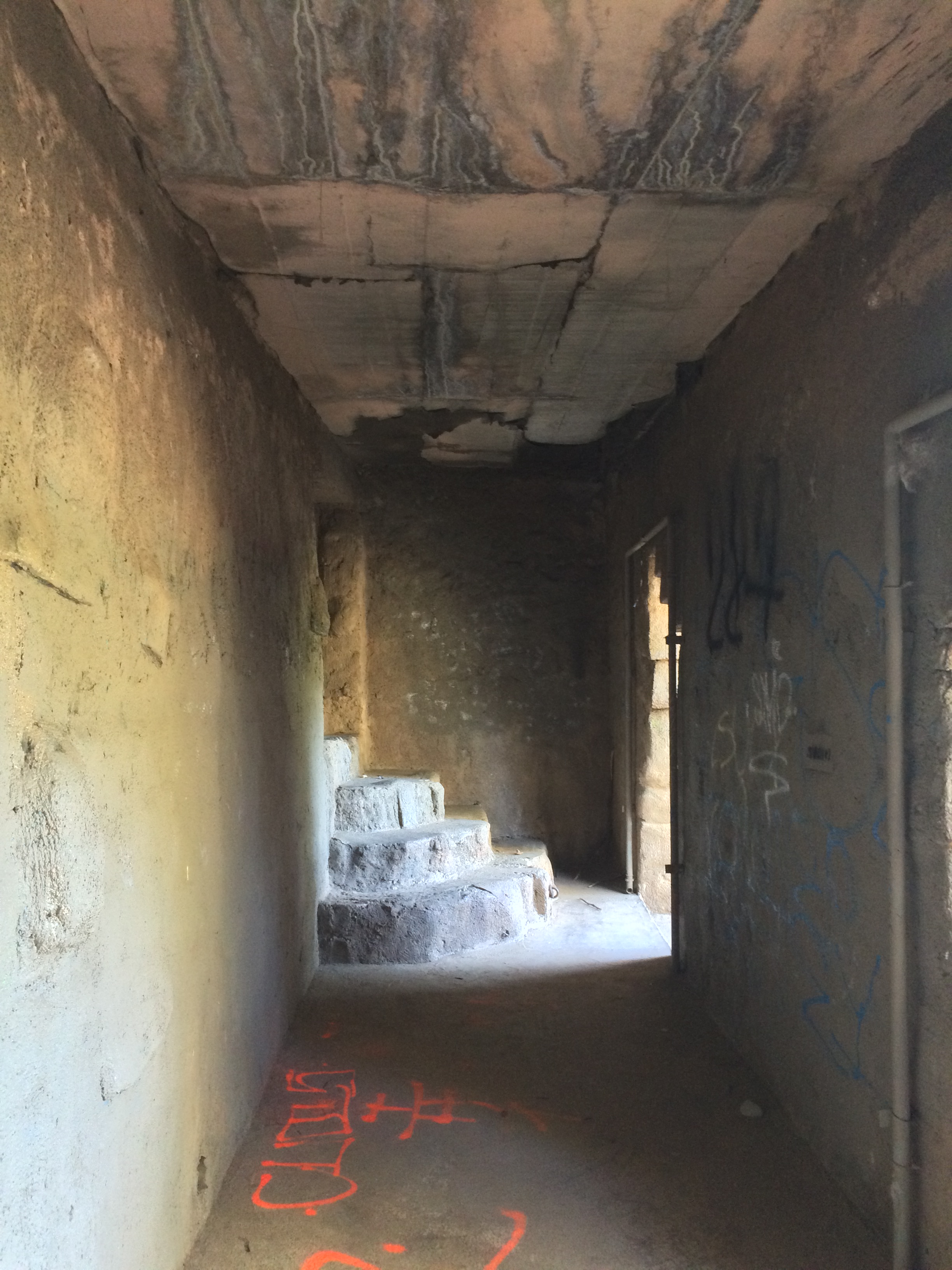
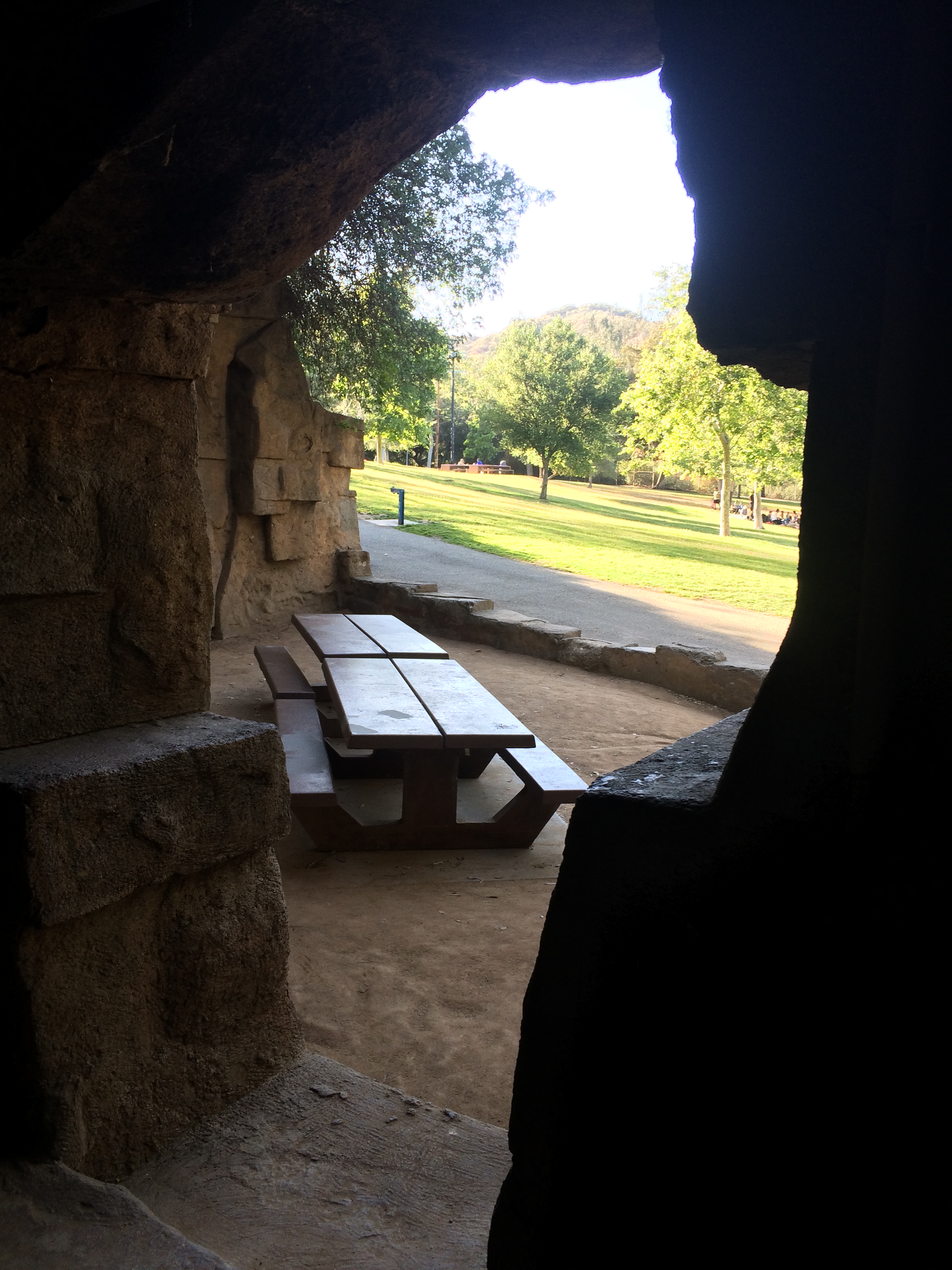
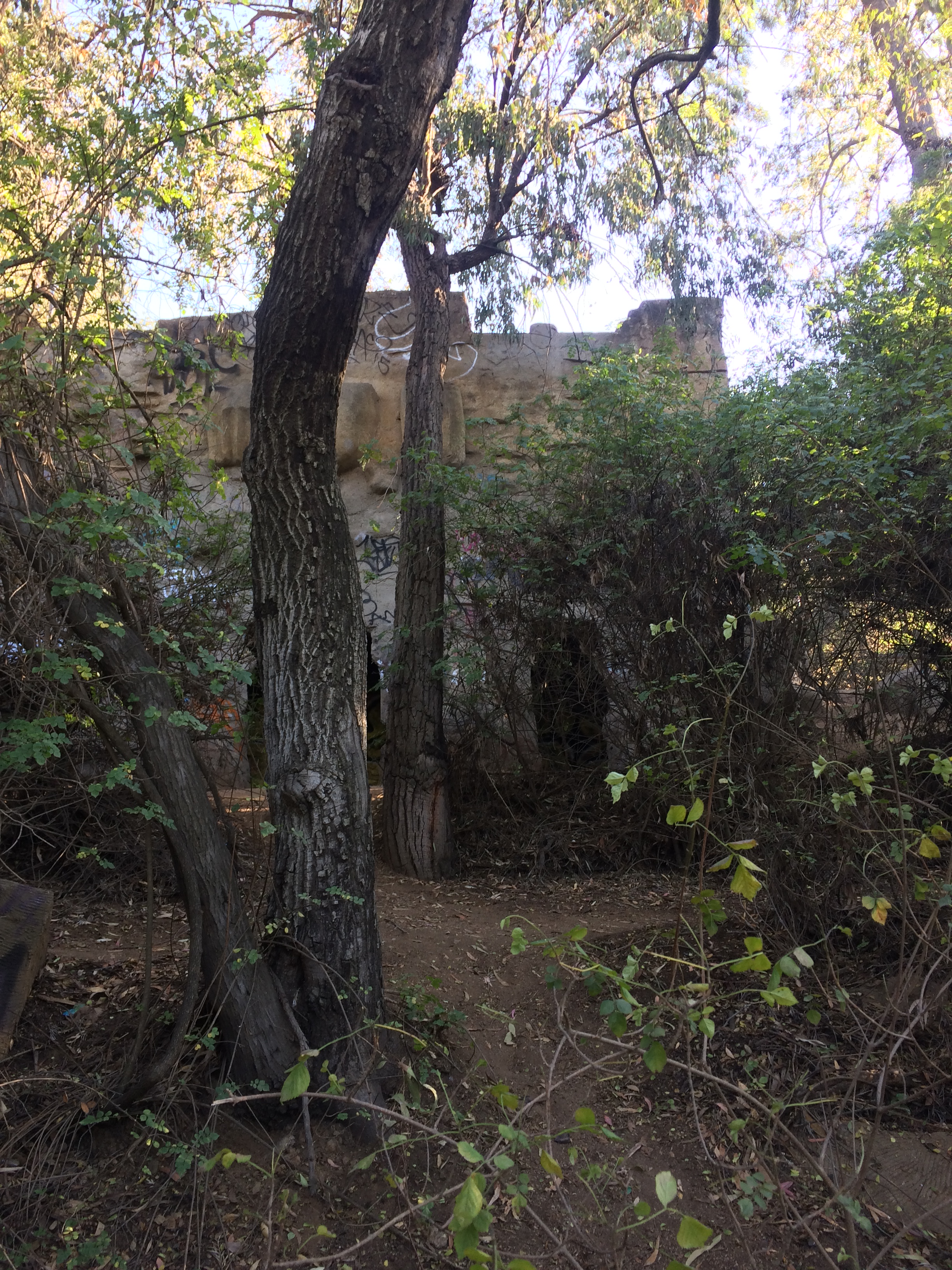
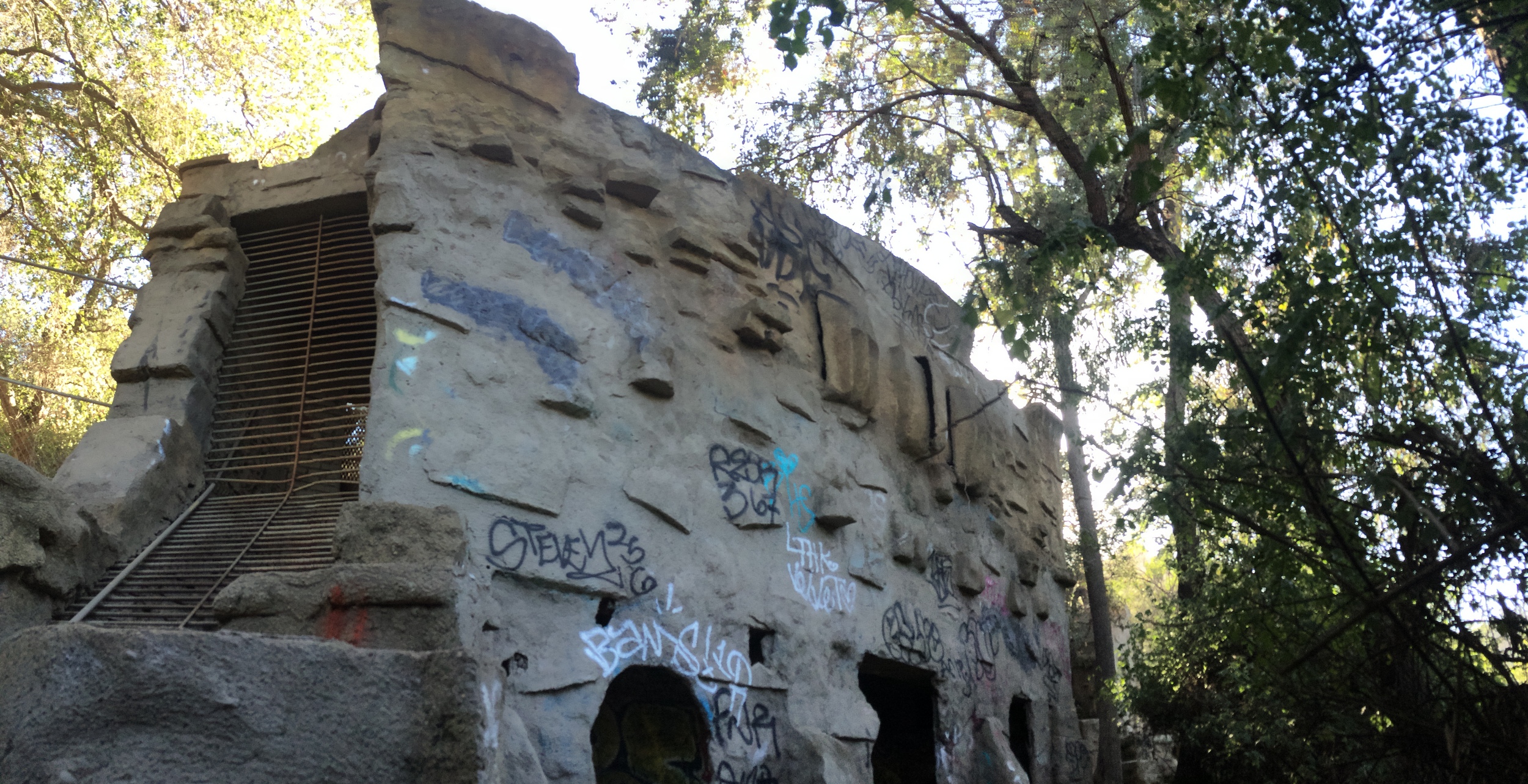

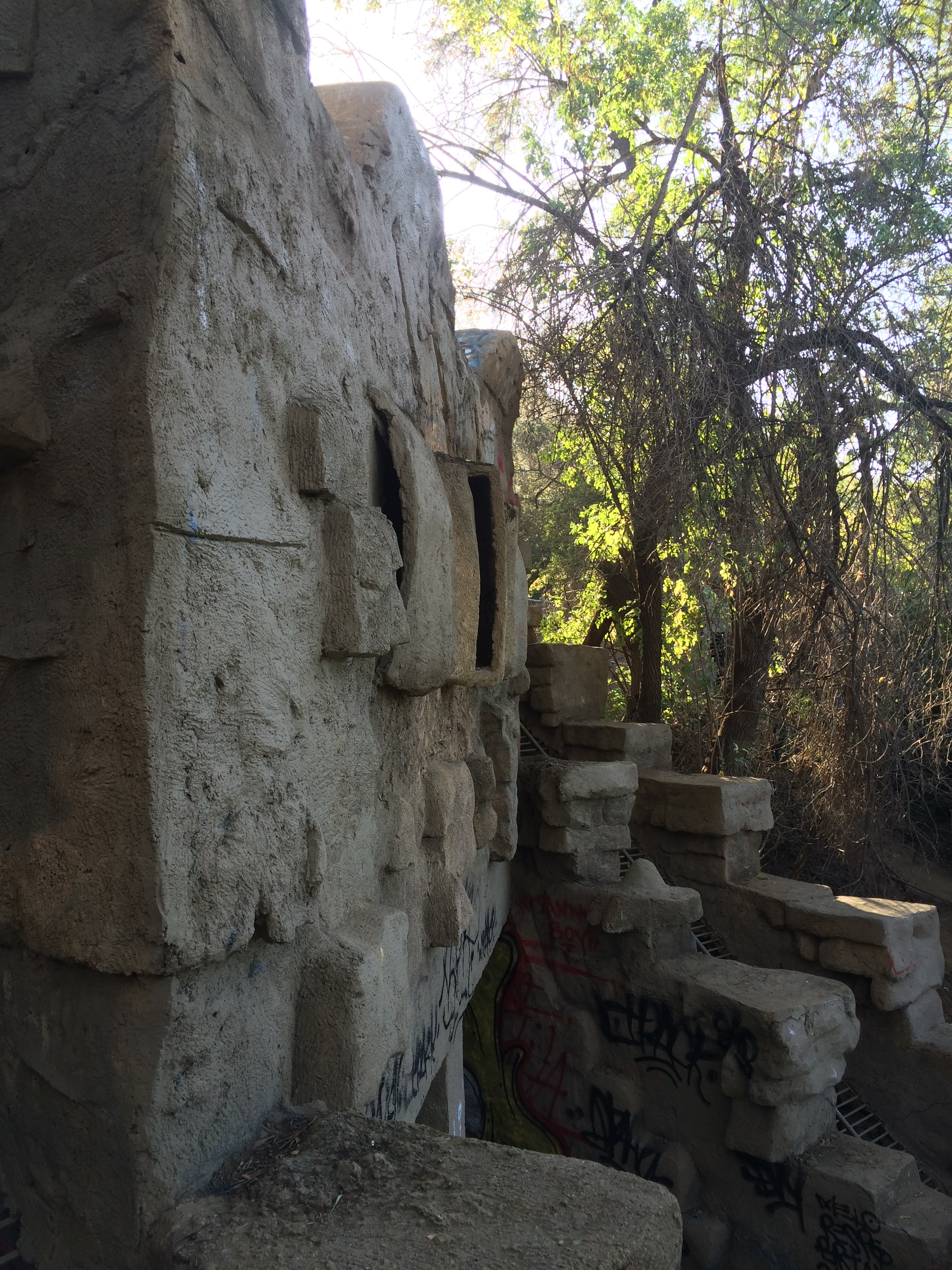
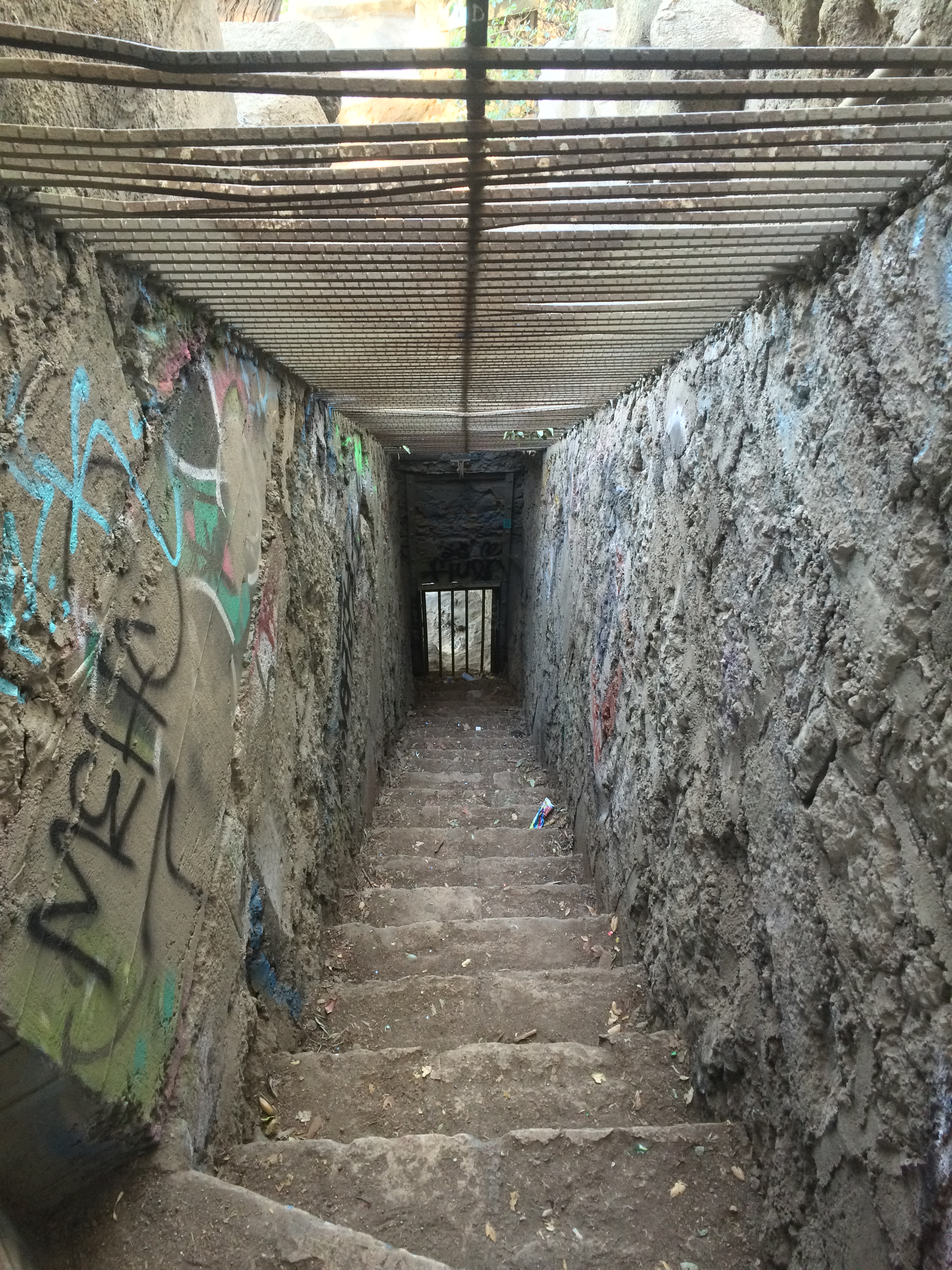

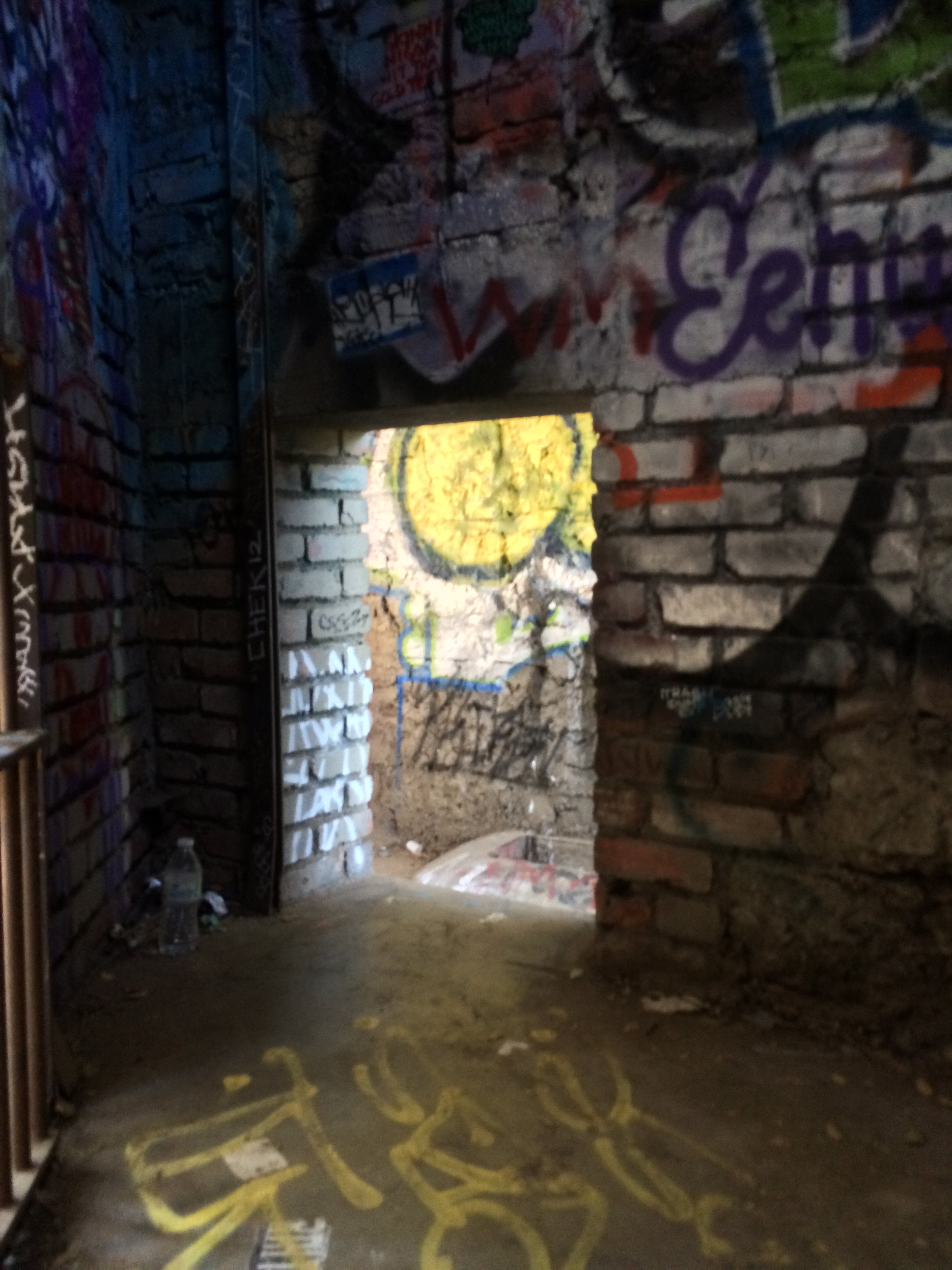


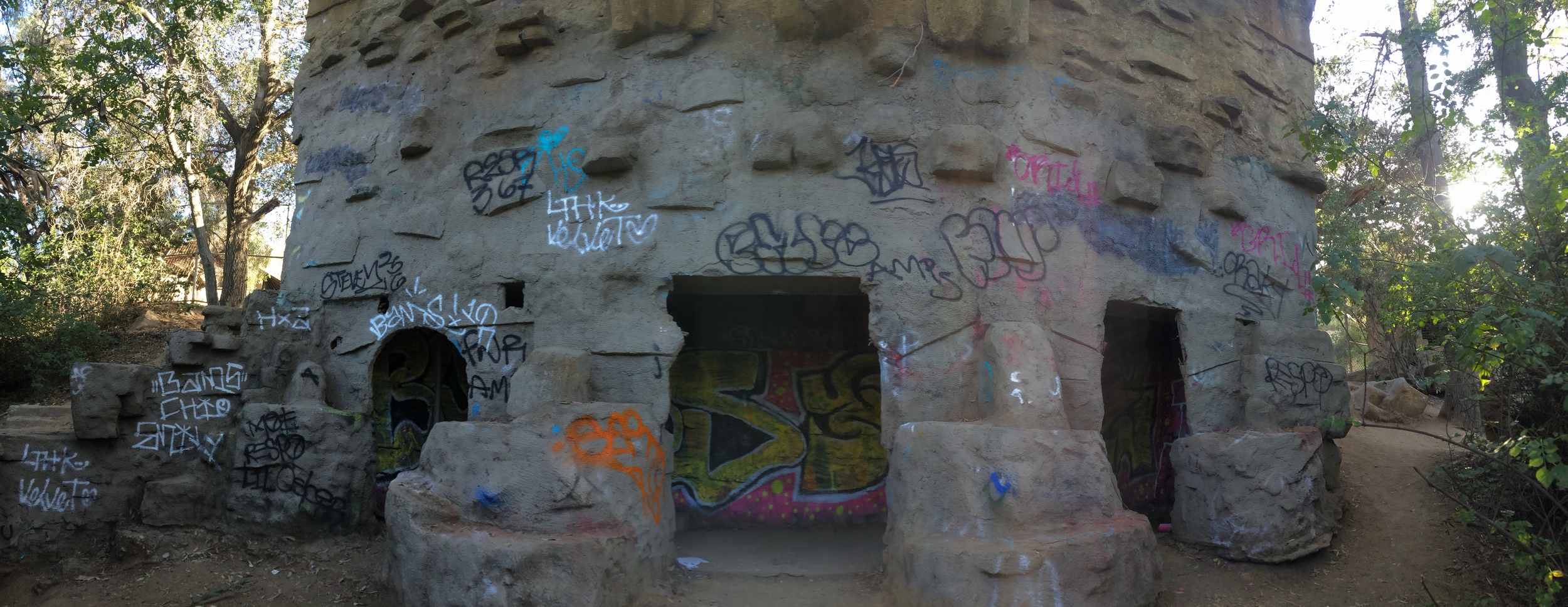

Directions: The Old Los Angeles Zoo is located on the Eastern side of the park. The easiest way to get to the location is to exit Interstate 5 at Los Feliz Boulevard. From Los Feliz Boulevard, one will want to head North and turn on Crystal Springs Drive, and follow it North into Griffith Park. After two miles, Crystal Springs Drive intersects with Griffith Park Drive. Visitors will want to turn left (West) onto Griffith Park Drive for approximately half a mile. After half a mile, there will be a sign stating “Old Los Angeles Zoo Picnic Area”, which delineates the parking area closest to the location. From the parking area, visitors will want to head due west, toward the mountains and will want to climb up a series of steps toward a grassy picnic area. Once one is at the picnic area, the abandoned animal enclosures are readily apparent, starting with the larger animal enclosures.
A paved path winds past the larger animal enclosures, and ultimately ascends uphill behind these cages. Visitors can either follow the path up and view the enclosures from the rear, along with some other “unseen” cages, or can continue along the path toward the smaller animal cages further to the West. Although the “unseen” cages along the hill are fenced off, there are foot trails that split off and allow access into the buildings. Even if you don’t head up and into the upper cages, the whole picnic area is a great spot to explore, walk, or hike into Los Angeles’ past.
